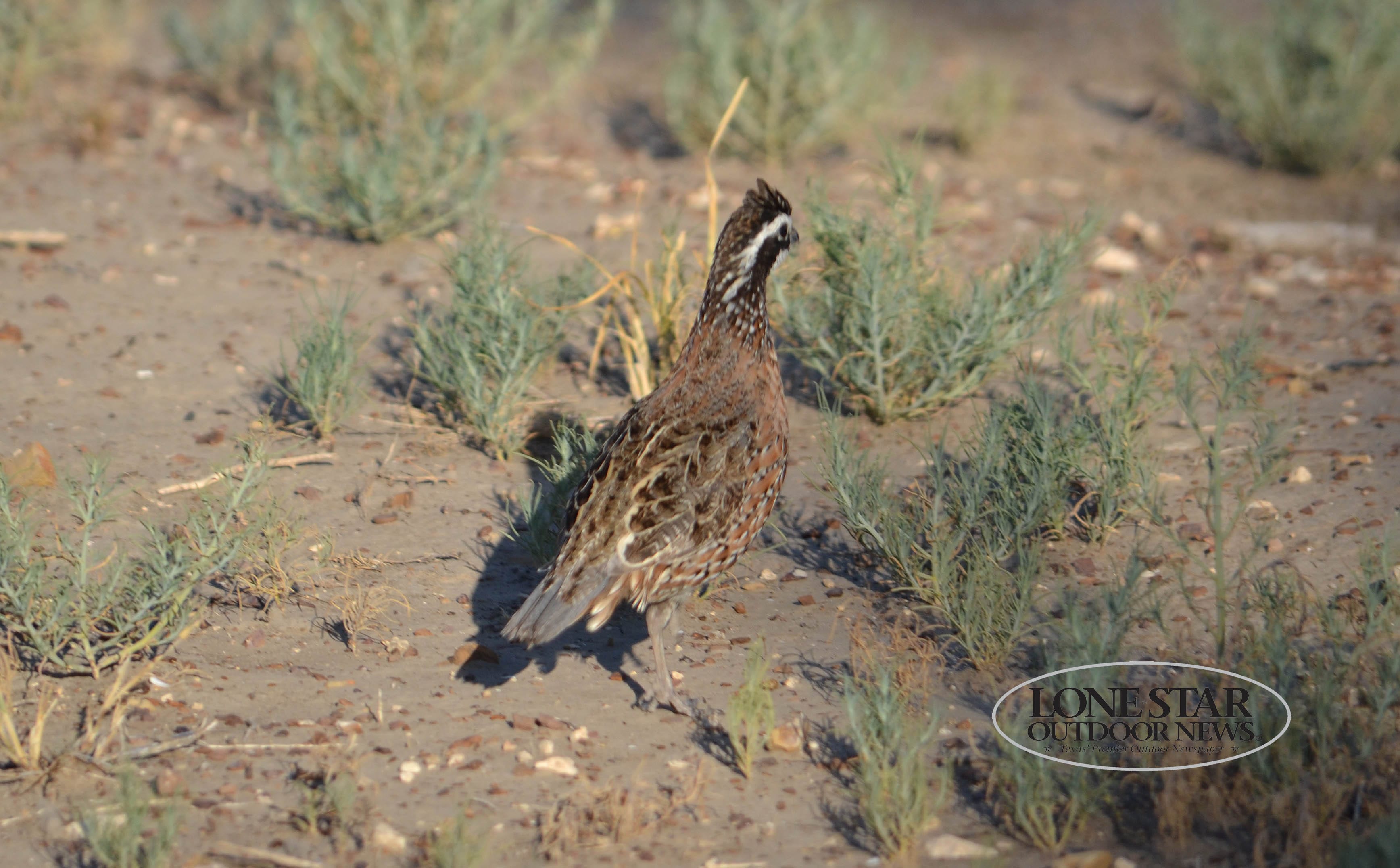South Texas is known for big deer, but it is also known for having one of the best remianing populations of wild quail in the country.
The region of South Texas and the Caesar Kleberg Wildlife Research Institute at Texas A&M University-Kingsville were the first-ever to receive the Legacy Landscape for Northern Bobwhite Conservation designation.
Presented by the National Bobwhite Conservation Initiative and the National Bobwhite Technical Committee, the award was accepted by Dr. Leonard Brennan, professor, and C. C. “Charlie” Winn, endowed chair for Quail Research. He accepted on behalf of the “legion of dedicated, responsible landowners, resource managers, researchers and quail hunters” who are part of the South Texas legacy.
“CKWRI certainly played a role in helping get South Texas recognized as one of the last great places for quail, but it was efforts and activities of an enormous community of ranchers, quail hunters and others who really made this happen, ” Brennan said. “Research from CKWRI was important, but it goes way beyond research. ”
“What an honor and affirmation by the National Bobwhite Conservation Initiative, ” said Dr. Fred Bryant, Leroy G. Denman Jr., endowed director of the CKWRI said. “This recognition sets us apart as a bastion of wild quail habitat in a region we have coined as the ‘Last Great Habitat.’ The stamp of approval is heart-warming to all of the conservation and hunting community we represent.”
“The national bobwhite community recognizes and encourages efforts to conserve vast areas of bobwhite habitat, whether through management practices or other decisions, that provide long-term viability of not only wild bobwhite populations but also many other associated species,” said Don McKenzie, NBCI director. “South Texas is a longstanding model for such efforts and tradition, and we commend the region and its people for this enviable status.”
South Texas provides a decades-long tradition of good land stewardship and aggressive bobwhite management and research across roughly 20 million acres of native and diverse rangeland.
“The relatively ‘poor’ soils of the region have ended up being a blessing in disguise for quail and wildlife conservation because for the past two centuries, livestock ranching was pretty much the only economically viable land use for most of the South Texas region,” Brennan said in the application.


